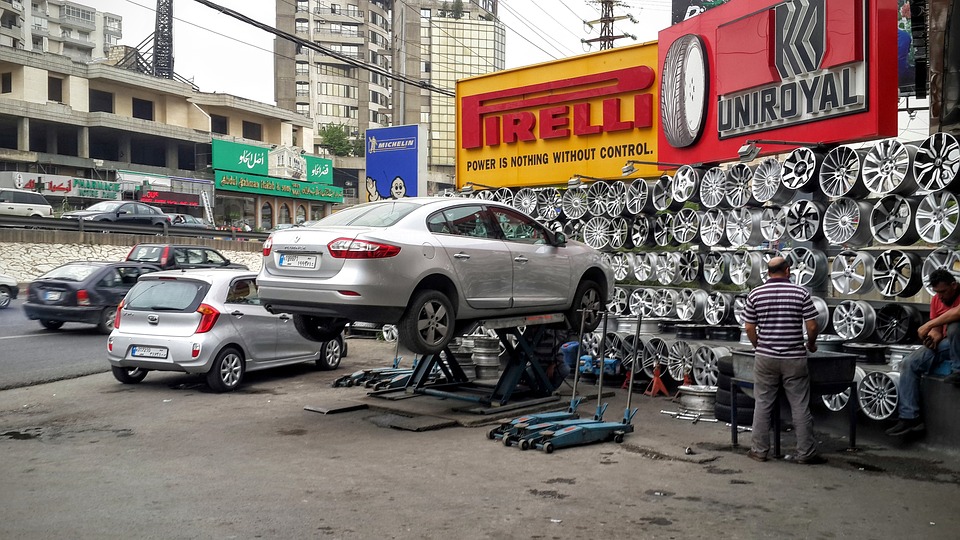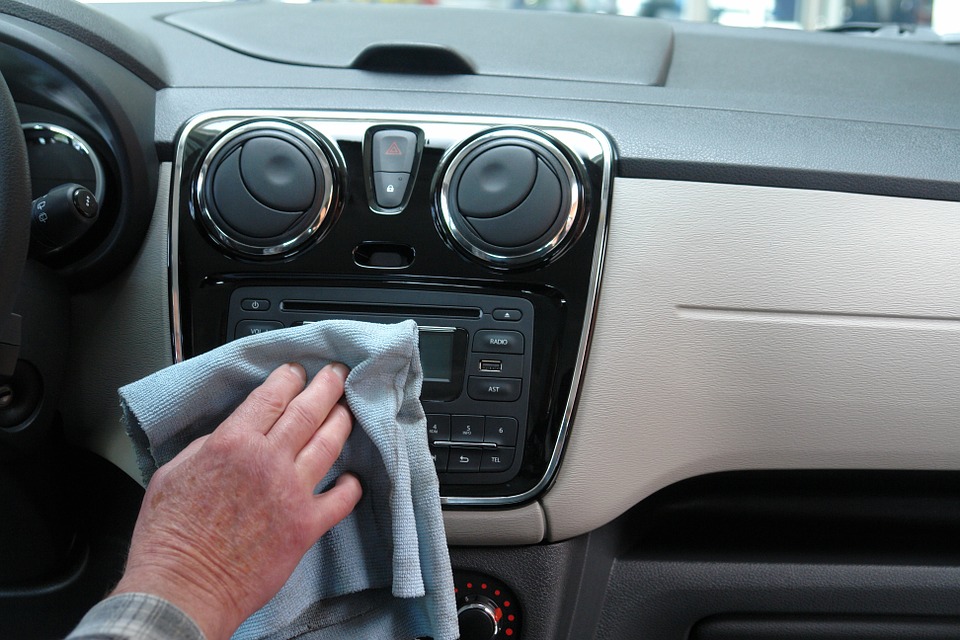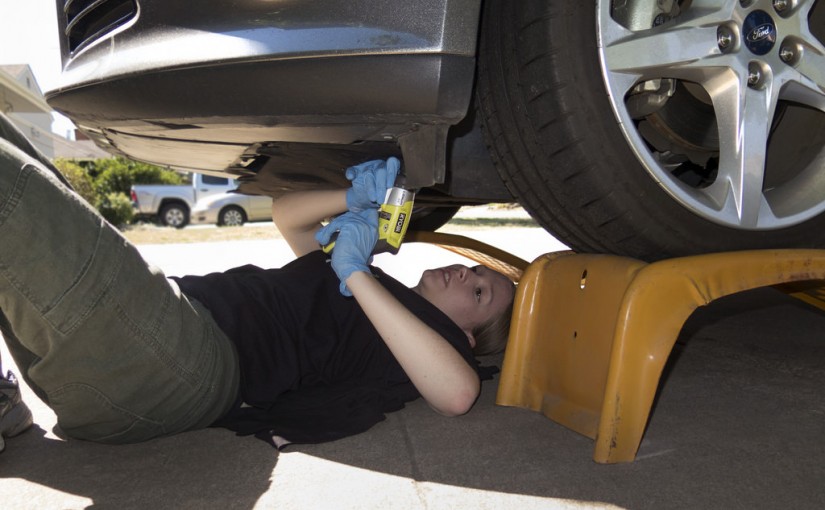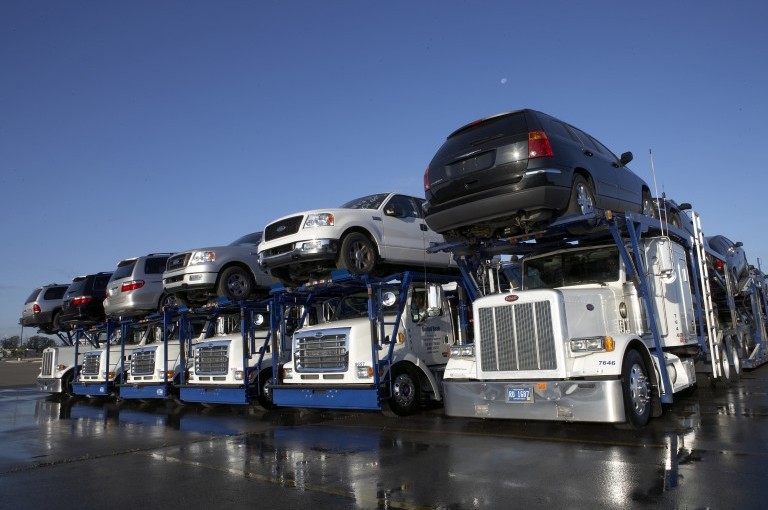8 Tips on How to Protect Your Items from Being Damaged During a Move
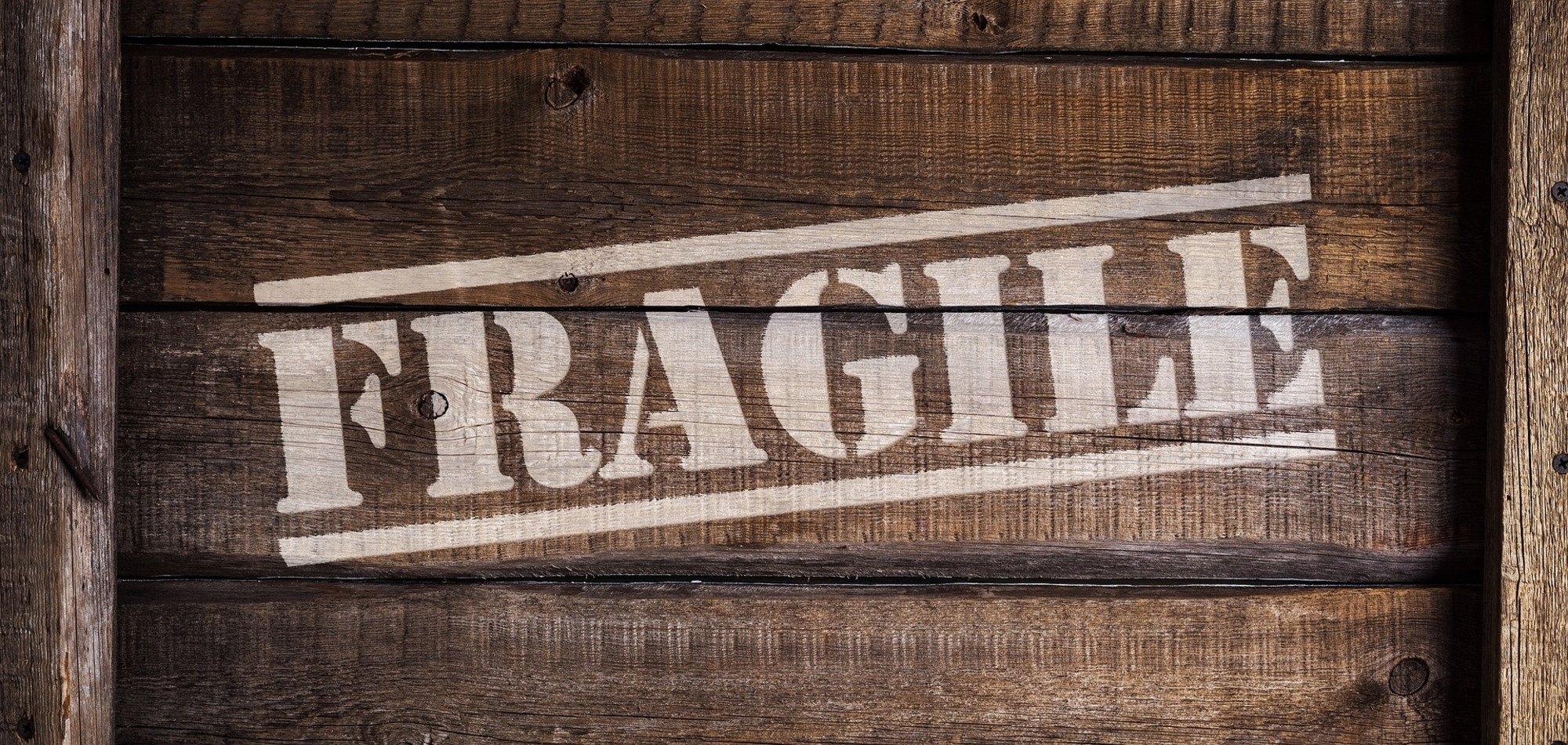
Everyone experiences a few moves in their lifetime. We sometimes dread the process, concerned about moving to a new area, or adjusting to a different house. The one thing we often dread most of all is having our belongings damaged or destroyed during the move. Here are eight simple tips you can put to work during your next relocation to reduce the chances of damaged belongings.
Organize the Move
The more you handle an item, the more likely it is to be damaged. Plan your move so that the load in each vehicle is neatly arranged to prevent shifting and tipping of contents. Additionally, have a definite plan for where you will place the items so that you can minimize handling.
Pack Wisely
Proper packaging goes a long way toward preventing damage. Make sure boxes are correctly taped to avoid collapse. Balance their contents so that you can handle them carefully and fill any space with newspaper or another padding to minimize shifting.
Transport Carefully
Some things don’t belong in the moving van. The rough ride and potential for shifting contents pose a severe threat to their condition. According to Ian’s Interstate Movers (http://www.iansinterstatemovers.com/) you should transport the most valuable and fragile items in your passenger vehicle, and maybe even secure them with seatbelts to keep boxes from rolling into the floor.
Get Enough Help
Asking people to help you move is awkward, but it is far better to bring in an army than to be short-handed and end up breaking or damaging valuables. Never send two people to carry something that takes three and be on the lookout for ego trips (including your own) that might tax the limits of a worker’s strength.
Disassemble, Disassemble!
Time is of the essence on moving day, so it often feels wiser to transport items without taking them apart. However, this can make it difficult to load and too heavy to carry. It can also put pressure on connections- warping the item. Take things apart and transport them in pieces.
Invest in Good Containers
It’s a time-honored tradition of moving to spend days searching for boxes, but those containers are often already damaged or only have the capacity for much lighter work. By spending a few dollars on the right moving cartons, you’ll have secure sides and bottoms and fresh tape to hold it all together–and to hold your contents inside.
Remember the Details
We often do well on caring for large items during a move, but sometimes the small belongings miss the list. Some examples are pieces of jewelry. Improper handling can dislodge the stones, scratch pendants, and tangle up chains. Pack these items in styrofoam egg cartons to keep each piece (cheaply) separated from the others.
Get Expert Help
Some jobs are suited for do-it-yourselfers, and some are not. Moving can go either way, depending on how much help, experience, and transportation you have available. A significant benefit to hiring a mover is that the company will carry insurance to cover damages to your items. Making your move can’t offer that protection.
Moving is a big job, and it’s never going to be easy. However, you can do a lot to reduce the risk of having your valuables damaged or destroyed during the packing, moving, and unloading processes. These tips are a great start toward planning a worry-free move.





